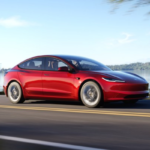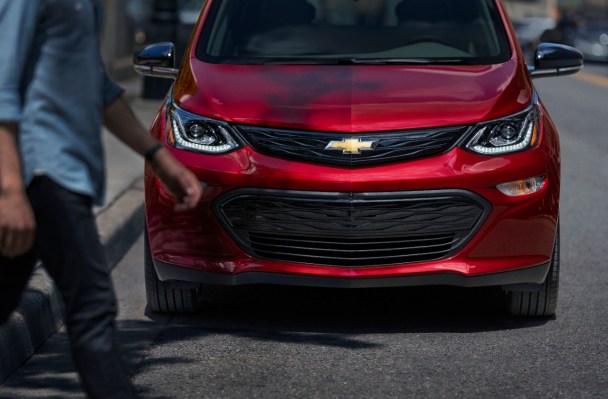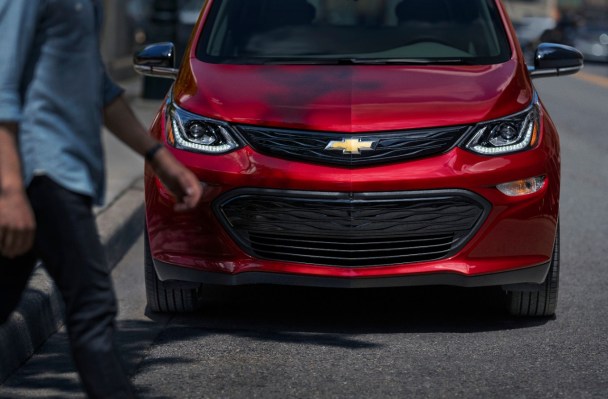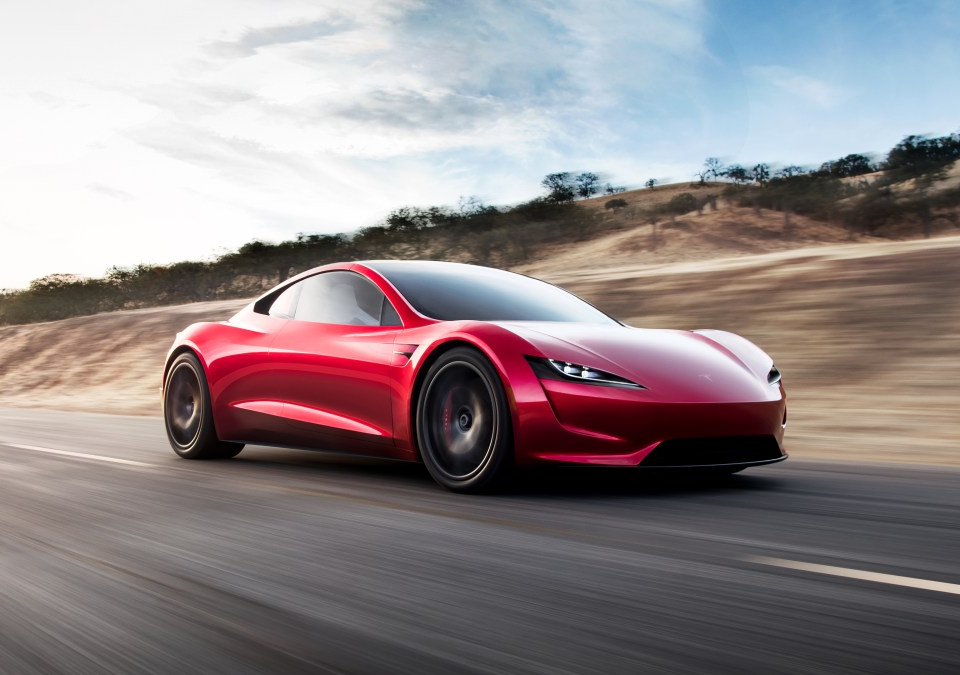
Tesla starts selling refreshed Model 3 in the US
January 10, 2024
Hertz is selling 20,000 EVs and replacing them with gas cars
January 11, 2024
All automakers, including Tesla, are at a crossroads

If you’ve only been reading headlines these past few months, you’d think demand for electric vehicles has fallen off a cliff.
There are many reasons why that’s not the case, some of which we’ll get into later, but two more data points landed this week in Tesla’s and GM’s annual sales figures: Tesla delivered 38% more vehicles this year compared with last year, while GM sold 93% more.
That hardly sounds like the sputtering of a dying market.
The reality is that automakers appear to have produced overly rosy forecasts about the future growth of the EV market based on a year and a half of sales data collected during an era of constrained supply, skyrocketing inflation, and pent-up consumer demand. In other words, they saw a black swan swimming in a small pond and confused it for a flock of white ones approaching over the horizon.
That flock is almost certainly still out there. In some countries, like Norway, where 82% of new vehicles are electric, it has already landed. And in places like the U.S., which is a relative laggard, consumer sentiment remains remarkably high given the cost and charging challenges that many EVs still face. Across a range of surveys, about a quarter of Americans say their next vehicle will be fully electric. That jibes with other forecasts that predict EVs will make up around 25% of the market in 2026. The demand will be there, but to make the most of it, automakers have some work to do.
So how should automakers spend their money? It depends on whether that automaker is Tesla or not.



